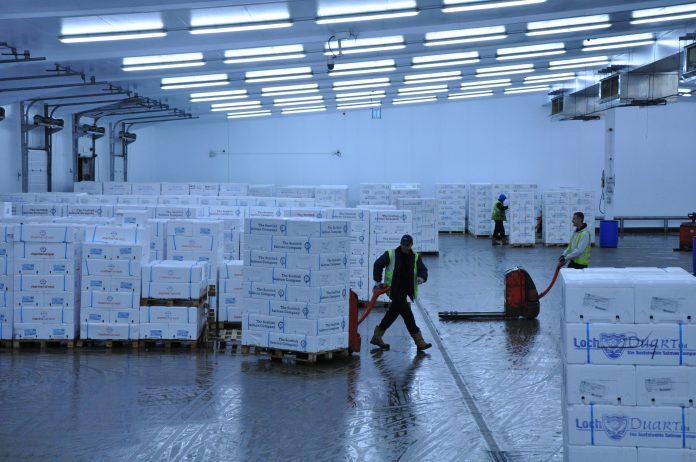If there are two countries where geopolitics have created market opportunity in recent weeks, its Russia and Japan, where events continue to support the selling of salmon.
In a recent note to investors, Chilean salmon farmer Camanchaca described those two countries as providing hard-to-match opportunity for their southern salmon: “Following the implementation of the Russian import ban on food imports from the European Union, the United States, Canada, Norway and Australia in 2014, Chile together with the Faeroe Islands overtook Norway as the main supplier to the Russian market.”
Annual growth
There’s mixed news in that. Citing salmon market analyst, Kontali, Camanchaca’s leadership cautioned that “sanctions have lead to a decrease in the (Russian) market and consumption per capita was reduced by approximately 40 percent between 2013 and 2016 after an annual growth rate of 26 percent from 2008 to 2013”.
Read Chilean exports up 34 percent, as US, Russia demand more
Kontali, meanwhile, has said that Russian import volumes would soon stabilise at about 2016 levels of 75,000 tonnes. About 85 percent of that had been Norwegian market share, and fresh numbers from the Norwegian Seafood Council reveal the stark truth: Russia has been removed from the balance of Norwegian exports, herewith to focus on China.
Big in Japan
Then there’s Japan. Those same fresh numbers reveal Norwegian export volumes to Japan are also down by 20 percent this week versus the same week a year ago. Better, for some, Norwegian exports to Japan are down so far this year by nine percent to 4,737 t, year-on-year.
Still more opportune, the week that McDonalds announced it would start sealling a large salmon burger in Japan, the price of fresh-onboard salmon destined for Japan in Week 16 was 70.17 kroner (EUR 7.23), up 2.5 percent year-on-year.
Read Walmart, Rakuten prepare Japanese online ordering
Japan, where Camanchaca sells seven percent of its salmon (Russia’s at 16 percent), has been growing as a salmon market for a decade. Kontali suggests consumption per capita has grown there of late by a compound annual rate of 11 percent, with estimates of import volume growth for 2018 now at five percent.
Finally, the EU and Japan have just concluded a free-trade deal after several years of trying. Import levies on seafood exports from the Continent to Japan have been lifted.

